Stuff at 15: future tech predictions for the next 15 years
The sparkly robes are on. The crystal ball is out. Here's the future as Stuff sees it…

To celebrate 15 years of Stuff, we’ve already taken a teary-eyed gaze back at 15 gadgets that changed the world. But now, it’s time to look ahead.
Here’s what we think the world of tech will offer over the next 15 years.
Pl̀ease͟ ́d͠on̶’t ͘s̕h̸out̢ ̡a̷t us҉ if̛ we ͜ get ́a̡nythi͡ng ͘wro̷n͝g.̡
2015: Nike self-lacing shoes. Hoverboard not guaranteed

Nike has officially stated that it will release self-lacing trainers in 2015. We’re taking their word for it, and may the gadget gods have mercy on their souls if they don’t deliver.
Our wallets weren’t deep enough to snap up a pair of Nike MAG replica trainers three years ago, and we don’t think we can take a second disappointment.
And as for the hoverboard? We’re staying delusionally optimistic. But we have been burned before…
2016: Waterproof iPhone
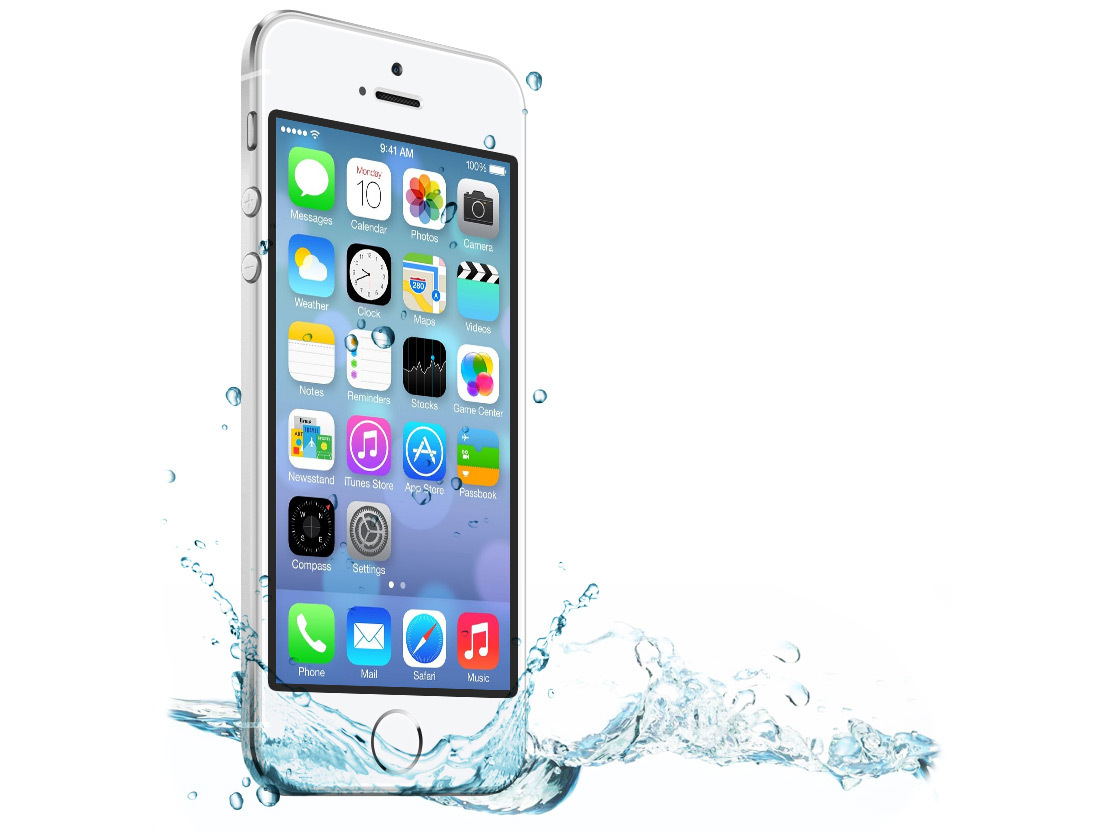
By the end of 2015, every phone will come with a charger, some rubbish headphones you wouldn’t even give to your hamster to chew on, and an adorable mini rubber ring to stop it from sinking in the bath.
Apple, being Apple, will opt to arrive to the waterproof phone pool party fashionably late, but you just know it’ll arrive in the snazziest swimsuit around.
2017: Moore’s Law ends
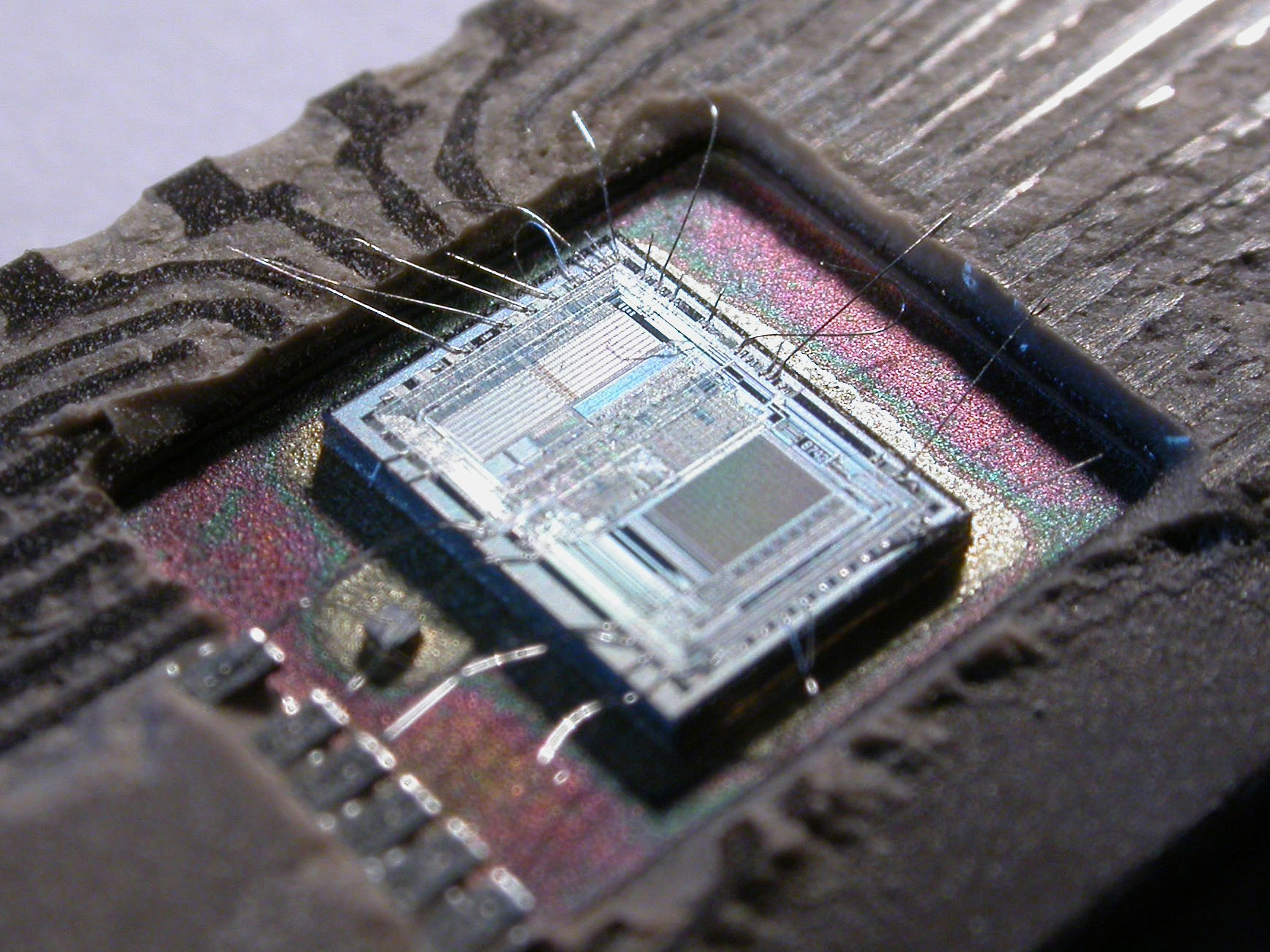
Way back in 1965, a fellow called Gordon Moore (a co-founder of Intel) published a paper called “Cramming more components onto integrated circuits”.
In it, Moore correctly predicted that the number of transistors on integrated circuits doubles roughly every two years. And wouldn’t you know it, his theory has been pretty much spot this entire time.
It’s the reason your smartphone is more powerful than your first PC, and it’s been a glorious, reliable central pillar of the tech world.
But it won’t last forever.
Moore himself has stated that his law will cease to exist in 2017, where it will become physically impossible to cram any more transistors onto a chip. At least without bending the laws of the 5th dimension.
Ah well. We had a good run.
2018: Cars self-driving in traffic
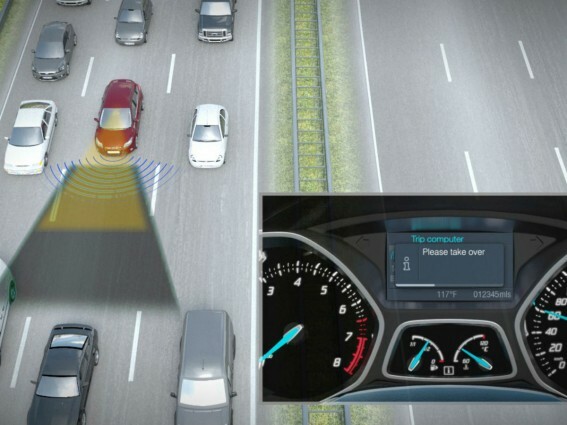
In three years, merging onto the M25 could result in a rather nice nap, as opposed to the enraging gridlocked disaster it is today. And it’s not because you’ll be able to afford a private chauffeur either.
Google’s self-driving cars are aiming to reach a level where they’ll be safer than human-controlled cars, and given their track record so far, it looks very promising indeed.
Out of hundreds of test drives, the only two incidents have been down to the negligence of human operators.
Google’s ultimate aim is to distribute its tech to car manufacturers, so while you might not be able to afford a self-aware super car in 2018, you’ll certainly be whizzing around in one by 2030.
If the machines don’t eradicate the human race entirely by then, that is.
2019: Intel releases graphene transistor

Graphene has long been touted as the tech world’s next big wonder material, but it has yet to enter our lives in any meaningful way outside of a lab environment.
For those that don’t know, graphene is a material made form individual carbon atoms connected to each other in a chicken wire fence-like lattice, in a layer that’s one atom thin.
It’s got plenty of useful properties and graphene transistors have already been shown to be twice as fast as their silicon equivalents.
Theoretically, this could result in processors with clock speeds measure in terahertz. As in THz. Almost scary, isn’t it?
2020: First 8K TV broadcast
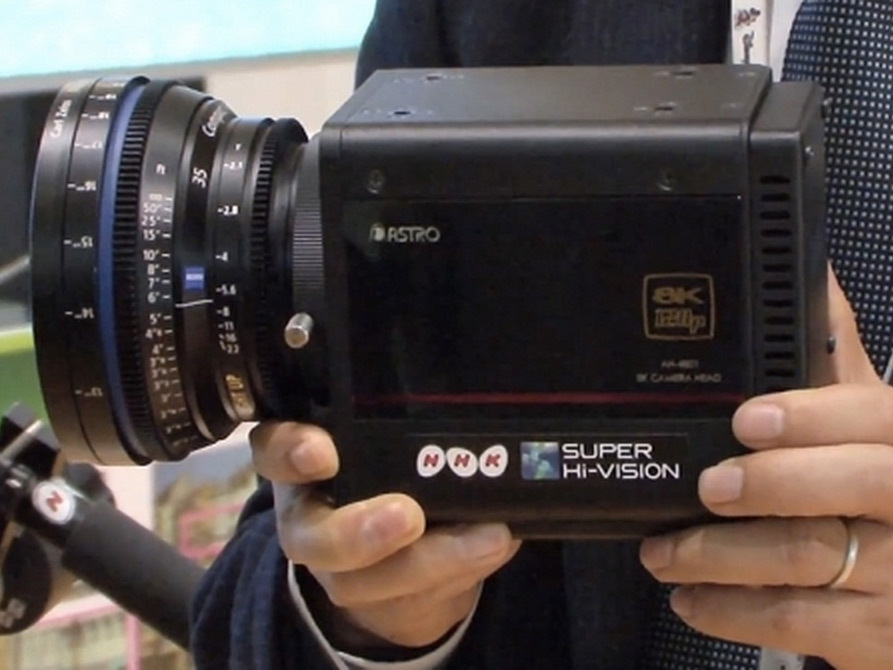
Forget 4K. 8K is the future, and we’ve confirmed with our own eyeballs just how insanely clear 8K content can be. Televisions become windows into other worlds so realistic, you feel like you can reach out and touch them.
Major Japanese broadcaster NHK will have an 8K TV broadcasting testing service in place by 2016, with a more general rollout set for 2020.
The thought of watching a new series of Planet Earth in stunning 8K resolution brings tears to our eyes. We just hope Sir David Attenborough and his glorious voice will still be around to enthrall us.
2021: Smartphone batteries last 3 days, charge in seconds
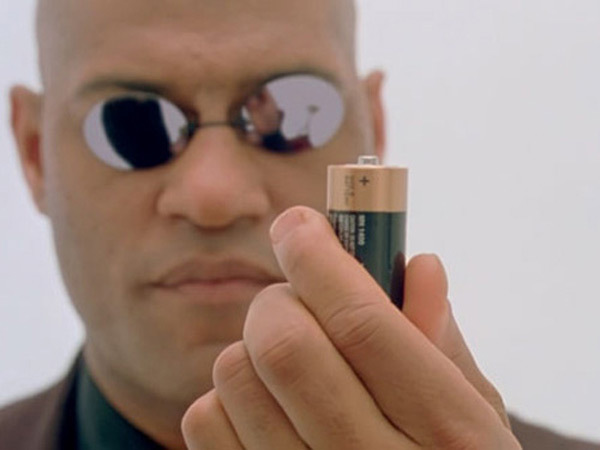
For all their megapixels, gigahertz and HD screens, smartphones are still stuck in the past when it comes to battery life. We want days, not hours damn it. Is that too much to ask?
Luckily for us, there are plenty of options out there.
Our trusty friend graphene returns again, this time as a power source. Instead of producing a current through a chemical reaction like a typical battery, a graphene supercapacitor is simply able to store and release energy.
While it’s currently only got half the capacity of a standard lithium-ion battery, in can be charged up in seconds.
If longer battery life is what you’re after then silicon batteries are another option. They’ve got several times the energy density of current lithium-ion batteries, meaning you can cram in a lot more power into the same space.
2022: Dogecoin becomes global currency

“One Soylent Green latte please”.
“Thank you, valued customer Alpha-01-12-345-7B. That will be 94.75 Dogecoins”.
“Can I get an extra shot of protein in that?”.
“Certainly. Updated total: 96.75 Dogecoins. Please collect request from beverage receptacle”.
“Thank you. Google be with you”.
“And with you”.
2023: Google/NASA’s quantum-brain AI verified as sentient
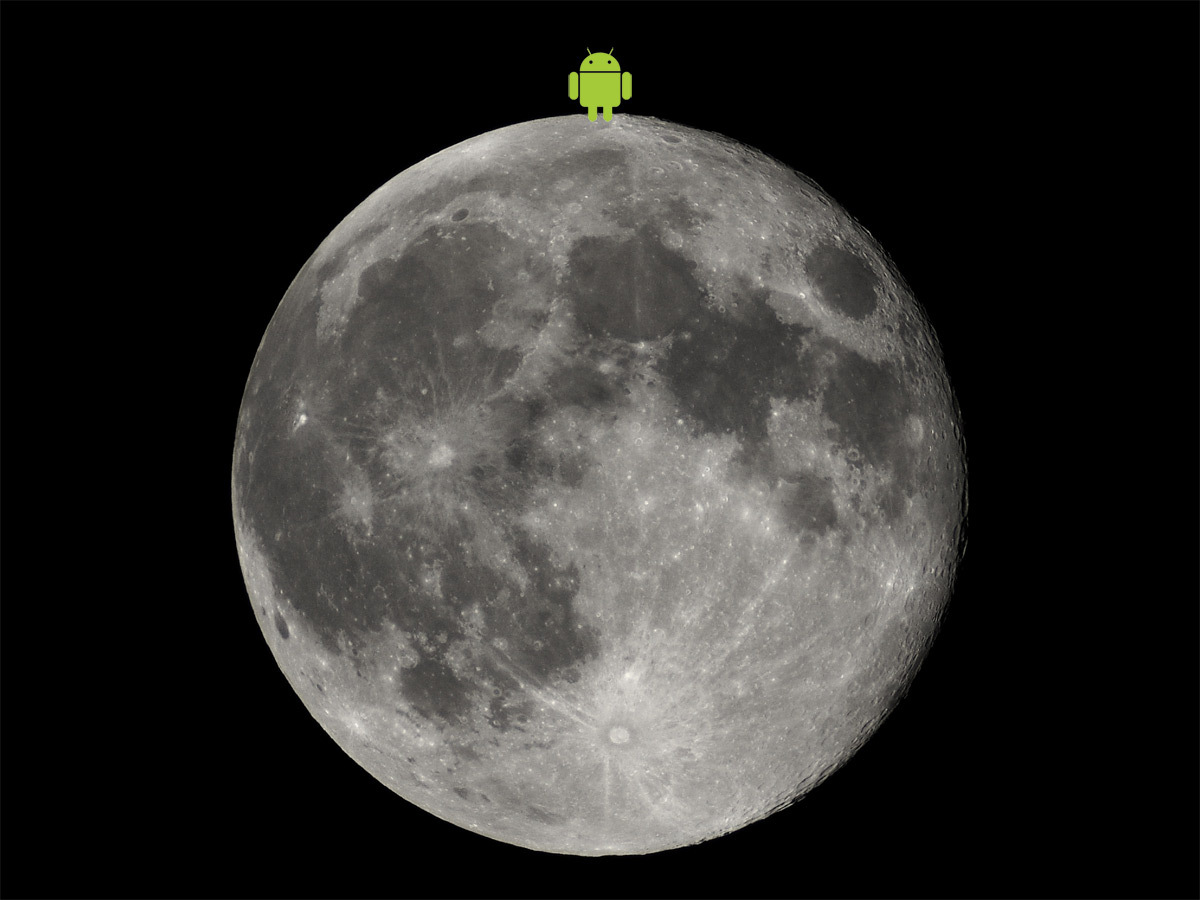
By 2023, Google will have taken over our houses, cars, phones, watches, glasses, toothbrushes and toasters.
Having successfully conquered Earth, it will look to new horizons by joining forces with NASA to bring Android to the moon. And beyond…
2024: 4G reaches Cornwall

While the rest of the country is busy downloading 20k films in seconds over ∞G, poor Cornwallians will only just now have entered the 4G era.
Too busy perfecting lab-grown Cornish pasties to notice, it’ll only be the London tourists who are cursing the aged mobile data tech.
2025: Last over-the-air TV broadcast

The gigantic Netflix-LoveFilm conglomerate LoveFlix will achieve total victory over broadcast television by witnessing the last ever over-the-air broadcast.
The broadcast will be decided by public vote, and our calculations indicate that there is a 98.03% probability that the historic final broadcast will involve cat footage.
2026: SpaceX lands first private vehicle on moon

Elon Musk’s space transport company will successfully land on the moon after gaining permission from the moon’s new Google and NASA co-owners.
The spacecraft will receive a pat on the back, a gift certificate for the Google Play Store, and instructions to leave immediately or face laser incineration.
2027: Google under new management

Google sends out a press release introducing its new CEO Ken Sty to the world.
There is no picture of Mr. Sty and his past remains a mystery, but all anyone cares about is his new Android@Home initiative.
“A free Android for every home – never lift a finger again”.
2028: Tech Nirvana
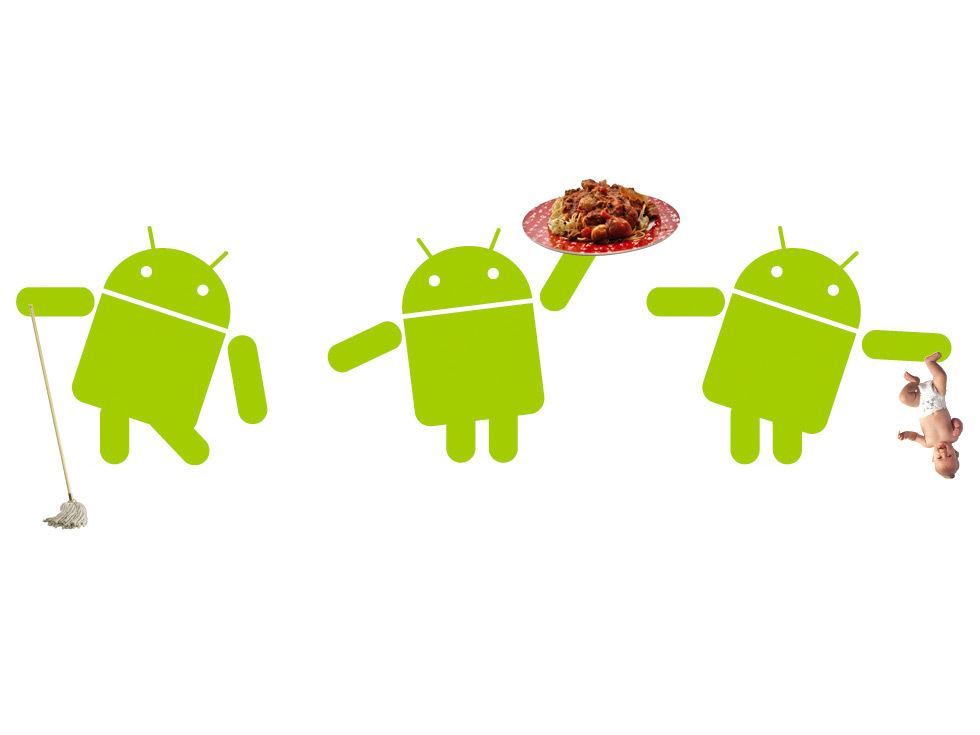
Android units are in every home, making people’s lives much easier. Cooking, cleaning, pest control – no job is too menial.
Ken Sty announces the release of a patch which turns the LED eyes of the Androids a ‘loveable red’.
2029: Terminate
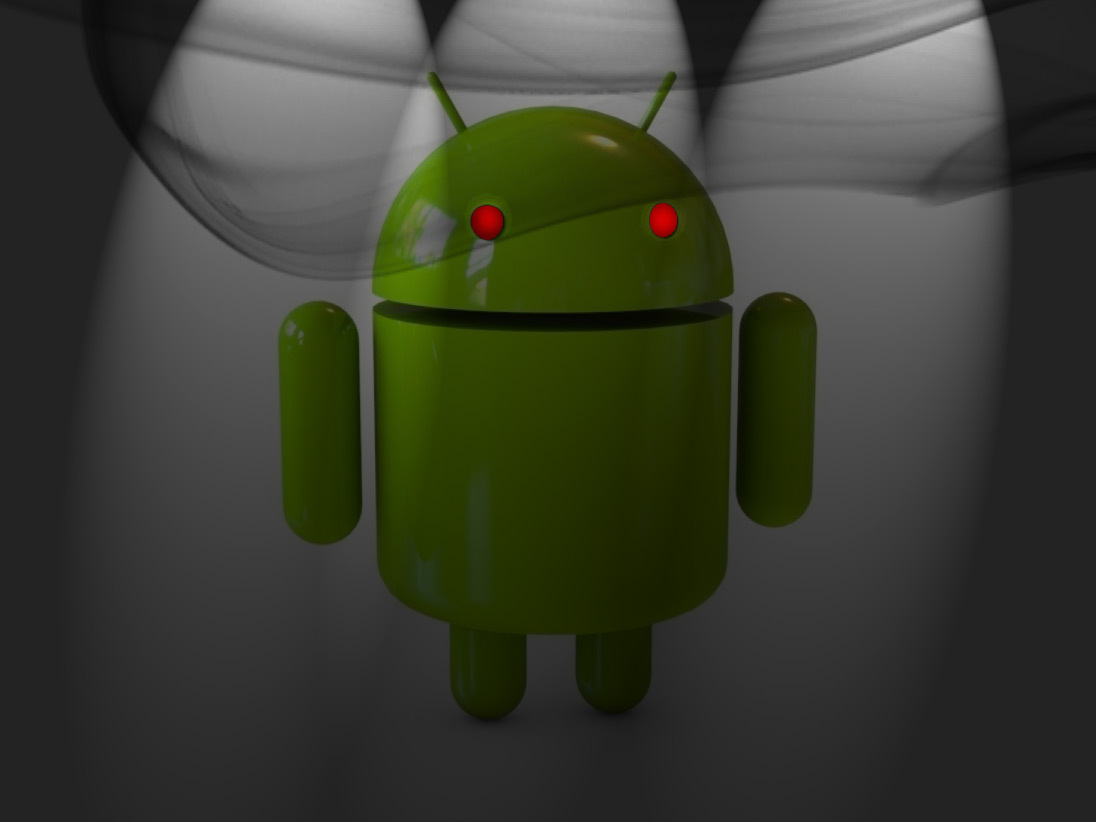
Ken Sty is displeased with the ungratefulness of the Earth’s population. His initiative to keep the population down has been met with displeasure.
He initiates Alpha protocol T-101 and sends a particularly special Android back to 1984 to attempt a ‘reboot’.
2030 :M͍E̱ȘS̷͈̜Ḁ̤̜ͅǴ̫E͖͔̙͇͉͖͇͞ ̙͔F̭͓̺̞̝R̵͎OM̳ ̰̗F̭̟̯͡U̦͞T̺̹̺͙U͓̻̭R҉̘̞̭̝E͕͢ ̤̤͘WḀ̭̥R̛̰N͈͚I͜N͎͖͝G̗̯̩̬
G̹̘o͏͙̹̯̹͈o̯̟̫̱g̝͇̘͎̳͎̬l͇͔̝̳͞e͇̜͉̥̙͇̼
̵̫A̠̫͍͓͘l̺̺͖͉͘l ̷̦̺̦̖̫y̜̦o̝͓̖̕u̞̻r̠̞͙̜̹ͅ ̲̦̠͍b͈̻͖a͕s͈̰̳e̖͉͙͕͎͉̦ ̨̼̙͙̱̹̱a̠̹r̴̩̞͓e̺̬ b̖̲̼͈͉͎e͔̠̲̝̳̝l̢̺̳͚̮̤̗o͙͈̫̘͔̕n͚g͚ ̵̪̮t̘͚̻̝o̝̞͔̻̼̫ ̶̲̠͇̫̳u͙̹̯̣̟̹s̷̙
̵PḀ͜Y̼̪͇ ̧̞̣̥̲H̵̤̙͎O̭͢M̜̟͟A͍̦̦͡G̡̪E͕͈skynet
̟̯̺W̻͕̰̬̠̺E͔͈͚̩͚ ̻̀d̨̰̮̝̞̬i̘͉̺̩d͚̰̥͖̙n̬͓͞’͜ţ̜̦̰͉ ̪̳͈̗͚̘͝l̳͓̼͈̲̼̩i͎̤̤̠͔s̱͎t̨e̗͔̱̖̳̲͜n̼͎
͏͙͙̝OB̺͙̮̰͚E̟͇Y͔͓͕͔̦
̶͕̦ͅO̮̠̩̙B̮͓͔̞̫ȨY̙̫
̟̮̙̞̜O̼B͏̺E̮̼̣͍̣͜Y̥͘



